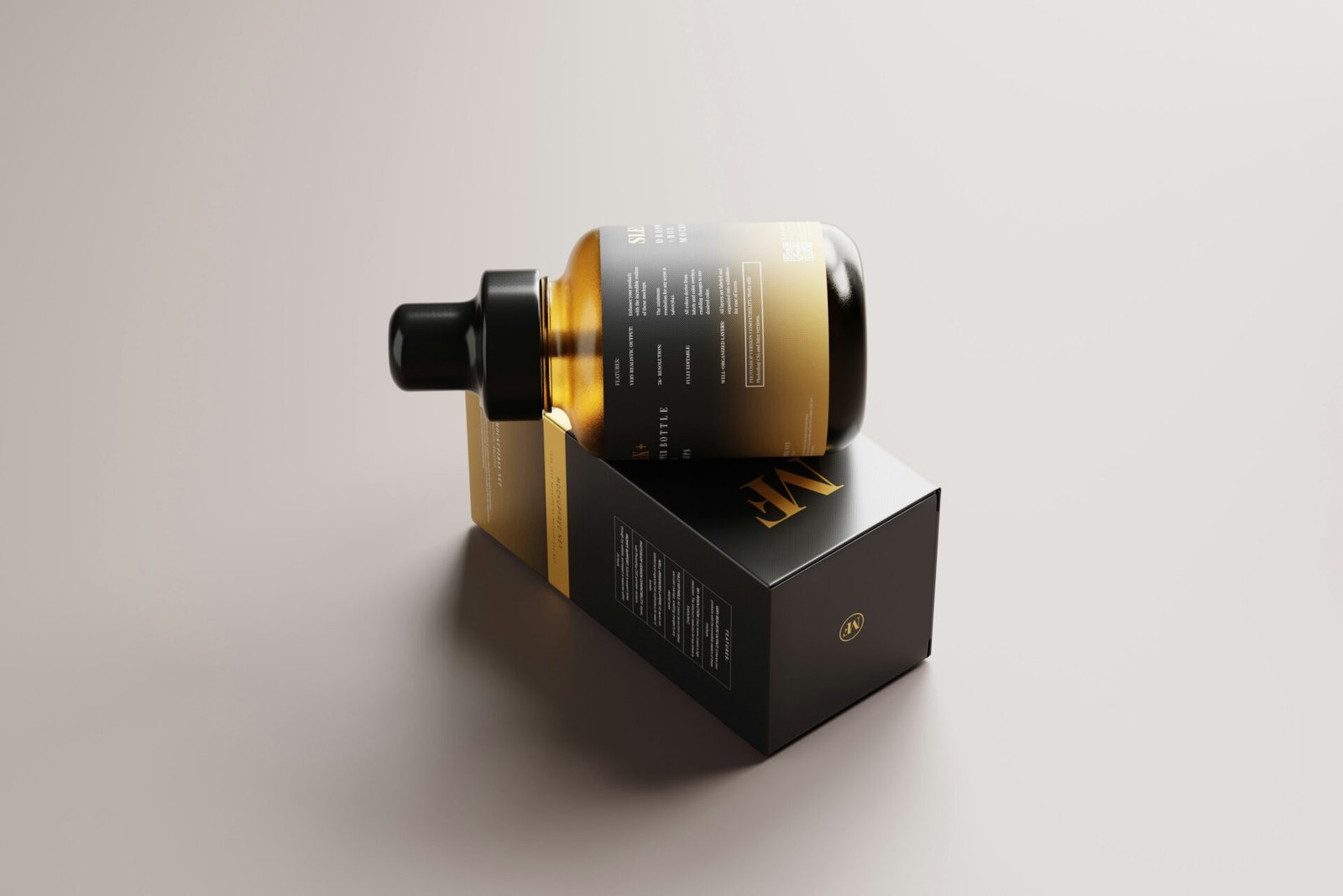What Are Serums and Moisturizers?
Before diving into the correct application order, let’s understand the role of each product.
What Is a Serum?
A serum is a lightweight skincare product packed with active ingredients. Serums are formulated to address specific concerns like wrinkles, dark spots, or dehydration. Unlike moisturizers, serums have a thinner consistency, which allows them to penetrate deep into the skin.
Key benefits of serums:
- Targeted action for specific skin concerns.
- Lightweight and quick absorption.
- Often contain concentrated ingredients like hyaluronic acid, Vitamin C, or retinol.
What Is a Moisturizer?
Moisturizers are designed to hydrate and protect the skin by sealing in moisture. They create a barrier on the skin’s surface to prevent water loss and shield the skin from environmental damage.
Key benefits of moisturizers:
- Lock in hydration.
- Protect the skin barrier.
- Provide nourishment for dry or sensitive skin.
Does Serum Go Before or After Moisturizer?
The general rule of thumb is: apply serum before moisturizer. Why? Serums are lightweight and designed to deliver active ingredients deep into the skin. Applying a moisturizer first can create a barrier, potentially blocking the serum’s absorption.
The Science Behind It
- Molecular Weight: Serums have smaller molecules than moisturizers, enabling them to penetrate deeper.
- Layering Logic: Skincare products should be applied in order of their consistency—from thinnest to thickest.
Exceptions to the Rule
- Occlusive Serums: If your serum has a heavy, oil-based formulation, it might act like a moisturizer and should be applied after lighter, water-based products.
- Specific Instructions: Always follow the product’s directions. Some serums may have unique requirements for optimal results.
How to Layer Serum and Moisturizer
Step-by-Step Routine
- Cleanse: Start with a gentle cleanser to remove dirt and oil.
- Tone: Apply toner to prep the skin and restore pH balance.
- Serum: Dispense 2-3 drops of serum and gently pat it onto your skin.
- Moisturizer: Follow with a pea-sized amount of moisturizer, focusing on dry areas.
Tips for Effective Application
- Wait 1-2 minutes after applying serum before moving on to moisturizer.
- Use upward strokes to ensure even distribution.
- Pair complementary products—e.g., hyaluronic acid serum with a hydrating moisturizer.
Serum or Moisturizer First: Real-Life Scenarios
Oily Skin
If you have oily skin, stick to lightweight, water-based serums and gel moisturizers. Applying serum before moisturizer ensures hydration without clogging pores.
Dry Skin
For dry skin, layer a serum with hydrating ingredients like hyaluronic acid and follow with a rich, cream-based moisturizer. This seals in maximum moisture.
Sensitive Skin
Sensitive skin types should prioritize calming serums (like those with niacinamide) before applying a hypoallergenic moisturizer to avoid irritation.
Anti-Aging Concerns
For concerns like fine lines or wrinkles, apply a retinol or peptide serum first, followed by a deeply hydrating moisturizer to minimize dryness or peeling.
Common Myths and FAQs
“Can I skip the serum?”
While it’s possible to skip the serum, doing so means missing out on targeted treatments. A good serum can amplify your skincare results.
“Does serum replace moisturizer?”
No. Serums provide active ingredients, but they don’t seal in moisture like moisturizers do.
“How often should I use serum?”
Most serums are safe for daily use, but always check the label. Active ingredients like retinol may require less frequent application.
Case Studies: Serum and Moisturizer Combinations
1. Brightening Routine
- Serum: Vitamin C
- Moisturizer: SPF-infused day cream
- Result: Improved skin tone and sun protection.
2. Hydration Boost
- Serum: Hyaluronic Acid
- Moisturizer: Ceramide-based cream
- Result: Long-lasting hydration.
Related Resources
For more skincare tips, explore these articles:
- How to Repair a Damaged Skin Barrier
- Skin Care Routine for Combination Skin
- Toner vs. Serum: Which Comes First and Why It Matters
By understanding whether to use serum before or after moisturizer, you can optimize your skincare routine and achieve healthier, glowing skin. Always adapt your products to your skin’s unique needs, and remember: consistency is key!








